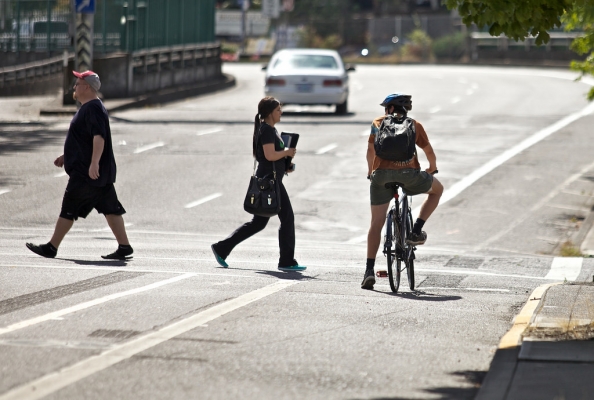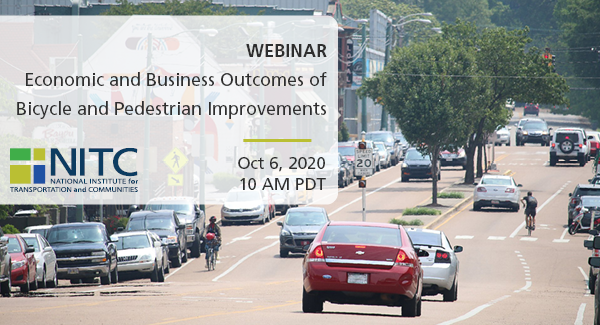The video begins at 1:39.
View slides
Ronald Tamse is a traffic engineer for the city of Utrecht, The Netherlands. Ronald has been involved in traffic design in Amsterdam and Utrecht. He is most interested in bicycle and rail transportation. He has worked on the design of the Amsterdam subway, a light rail system in Utrecht, and is currently working on urban transportation solutions as Utrecht Centraal is redeveloped. Utrecht Centraal is the largest train station in The Netherlands.
Ronald will highlight key examples from Utrecht that show some new ideas, similarities between the Dutch and American approaches, as well as a few lessons imported from Portland. These examples will share highlights from major projects that include building a new commuter railway network, including the rebuilding of Utrecht Centraal railway station, and the development of a light rail line in Utrecht that uses MAX as a development model. In addition, Ronald will demonstrate the importance of connecting bike infrastructure through network planning, infrastructure, and connections to transit.


